Scientists Invented a Lice Comb for Urban Sea Lions in Chile
The utensil helps researchers study marine mammals in the least disruptive way possible.
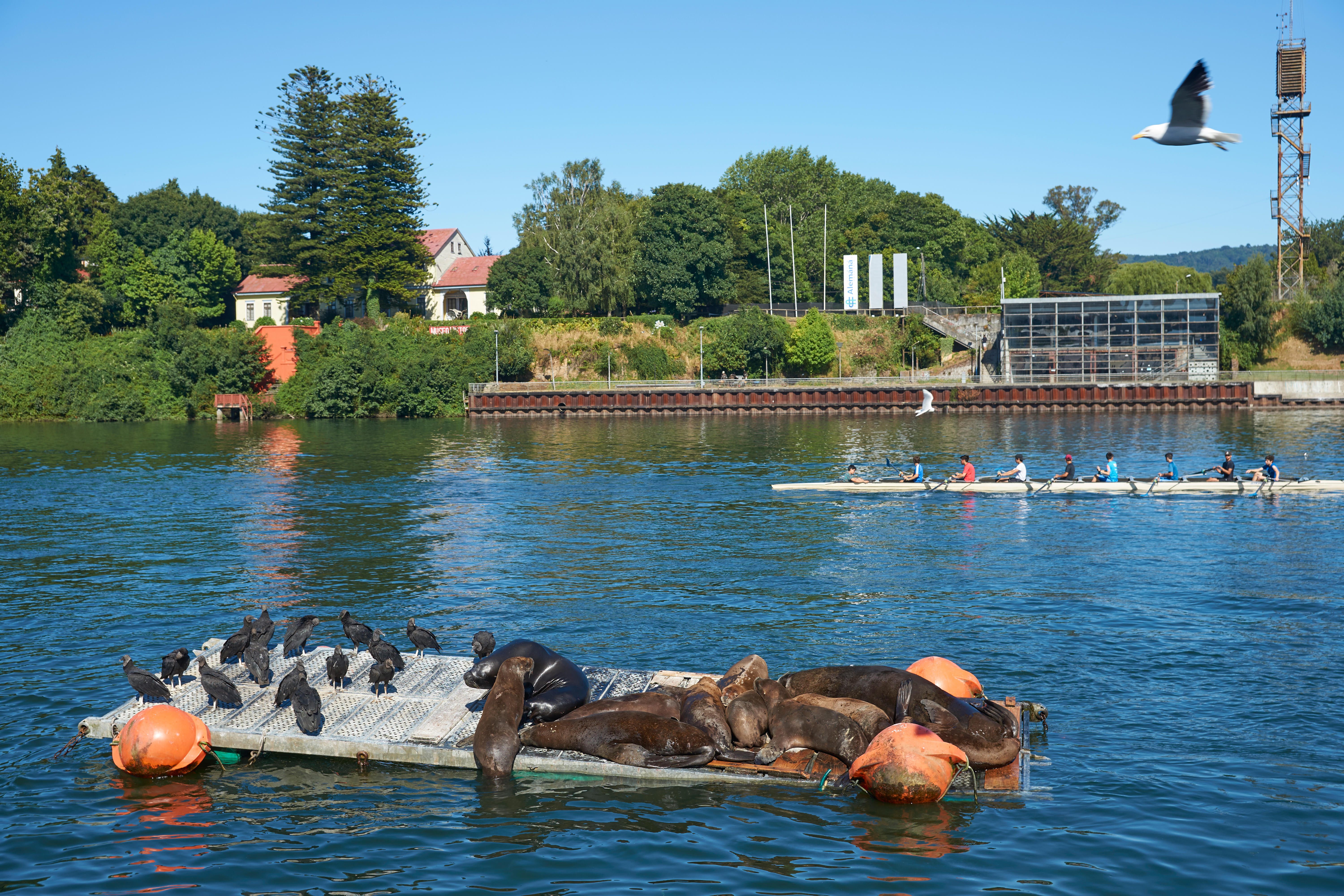
In Valdivia, Chile, where three rivers converge before flowing to the Pacific, sea lions swim in freshwater and prowl the fish market like stray dogs. A young scientist leans out of a solar-powered water taxi, reaching a stick toward one massive mammal. As the sea lion sniffs the lice comb taped to the stick, the scientist offers his palm and murmurs soothingly, “Alles ist gut.”
Valdivia is no stranger to German. Immigration from the country began in the 19th century, and today the city has a German school and an annual Bierfest. But David Ebmer didn’t come for deutsche Sprache or beer. As a student of the parasitologist Carlos Hermosilla at Justus Liebig University in Giessen, Germany, Ebmer came to Valdivia to advance the team’s goal of studying marine mammals in the least disruptive way possible.
As human activities including fishing, shipping, and drilling encroach on marine mammals worldwide, scientists are striving to reduce the impact of their research. Flashy new technology, such as the drones that collect whale snot, can help. But sometimes all you need is a comb, a stick, and some tape. As Ebmer reported in May 2019 in the journal Parasitology Research, his “telescopic lice comb” performs beautifully, collecting sea lion fur and loose skin in addition to lice. With these samples, scientists can probe the curious biology of marine lice—some of the world’s only seafaring insects—as well as the genetics and health of the sea lions themselves.
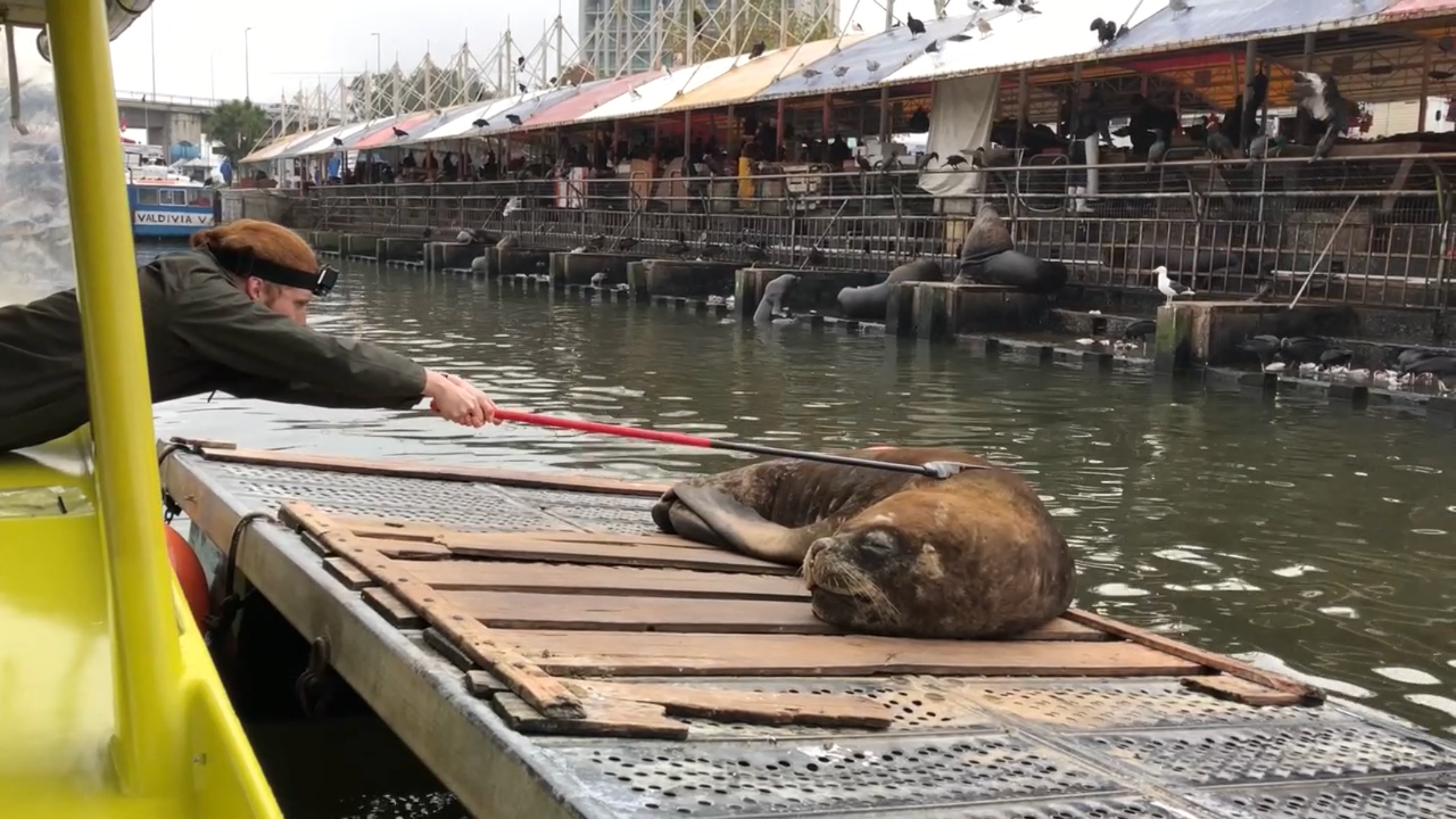
Hermosilla, who was born in Chile and visits every year, directed Ebmer to Valdivia because of these rather peculiar sea lions. They’re all males, which would typically make them difficult to study due to aggression and sheer size—up to 770 pounds. Bachelor colonies like this are formed by males too young, too old, or too weak to win access to females at one of the coastal breeding colonies. The bachelors usually stay nearby, haunting the edges of harems.
But in the late 1970s, a bachelor swam a little over nine miles upriver to Valdivia, where the local fishermen fed him. “Somehow he managed to invite the other males that were rejected, and this colony started to grow,” says María José Navarrete-Talloni, a veterinary pathologist at the Austral University of Chile in Valdivia, and a co-author of Ebmer’s study. Now 50 to 70 bachelors live in Valdivia—the world’s only freshwater sea lion colony.
Fishermen welcome the sea lions as a tourist attraction. “A fence separates the river from the fish market,” says Navarrete-Talloni. “What the fishermen do is open the fence so the sea lions are just standing next to them. Then they open the fish and give the guts to the sea lions. It’s a touristic spectacle.”

The sea lions explore beyond the market, too. They walk the streets of Valdivia, lumbering up and down stairs, while stray dogs bark at them and people crowd in for photos. The same casual attitude that draws tourists is also a boon for scientists.
Studying sea lions on the coast, in their own territory, can be dangerous. “When you go to the beach to work with the animals, there is the possibility they will attack you, because you are an invader,” says María Soledad Leonardi, a researcher at the Biological Institute of Marine Organisms (IBIOMAR) in Argentina. And the risk goes both ways. Scientists can shoot tranquilizing darts from a distance, but in the time the anesthesia takes to kick in, sea lions can move from land to water. “It’s very dangerous to use anesthesia on sea lions,” says Leonardi. “There exists the risk that they will go to sleep in the sea and die.”
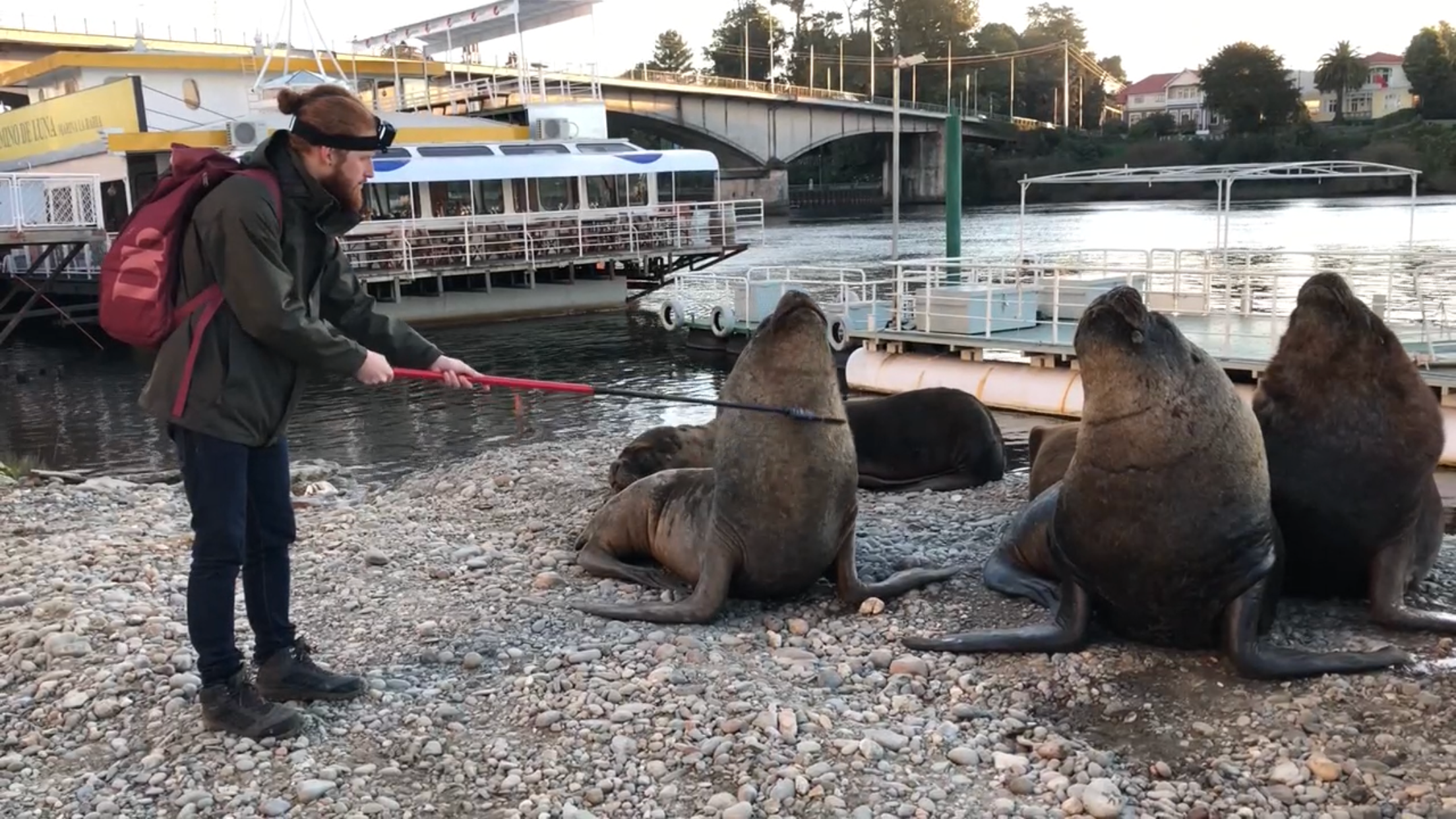
The Valdivian sea lions are a different story. They reveled in Ebmer’s attention, stretching their itchiest spots toward his comb. With little risk to researcher or subject, Ebmer combed five different sea lions and collected 13 lice—including, to his surprise, three louse eggs. No one expected to find louse eggs on adult sea lions, because immersion in water kills them.
It’s tough being an insect that lives on a marine mammal. Insects are land-adapted air-breathers, superabundant in most habitats on Earth but extremely rare in the ocean. Sea lion lice require special adaptations to handle their hosts’ deep-diving habits. “They reduce their metabolism to the minimum, like a bear in winter,” says Leonardi. And they can withstand enormous pressure in ways that still aren’t understood.
But even sea lion lice aren’t totally adapted to the life aquatic. Their eggs are their weakness, and scientists thought they could only reproduce on beach-bound pups. Apparently, adult Valdivian sea lions spend enough time out of water for their lice to reproduce, too.

Lice aren’t the only parasites that could take advantage of these sea lions’ unusual lifestyle. When a majestic sea lion remains fixedly in position, then waddles away from a pile of poo, both dogs and vultures move in for a meal. It may be tasty (I’m not judging), but coprophagy is a prime pathway for infectious disease to travel. In Valdivia, even humans are more vulnerable than they may realize. Sea lion feces are often washed into the river upstream of the market, where fishermen scoop up river water to wash their tables. Navarrete-Talloni calls it “a microhabitat for disaster.”
Scientists like Ebmer and Navarrete-Talloni are morbidly fascinated by this kind of environment because it’s ripe for zoonotics—diseases that jump from one species to another, such as swine flu or rabies. Lice themselves are unlikely to transfer, but Navarrete-Talloni has found other parasites in sea lion feces that could infect humans. Luckily, no cases have been reported.
The non-parasitologist inhabitants of Valdivia haven’t been worried. Sure, the sea lions poop everywhere, but city workers clean it up every morning. The sea lions had the city charmed—until they got a taste for swans.

Black-necked swans became a symbol for Valdivia after an ecological catastrophe in 2004 nearly wiped them out. The swans had largely recovered, when last year they faced a new threat: young male sea lions, hopped up on testosterone from the breeding season. The swans, also in the midst of breeding, were easy prey. “The sea lions were eating lots and lots of swans every day,” says Navarrete-Talloni. “They became public enemy number one.” The city government attempted to remove the troublesome sea lions, but the attacks only stopped when the breeding season ended.
Although the sea lions’ swan-eating spree lost them the favor of many locals, scientists still find them fascinating. These urban bachelors have shed light on some of the world’s weirdest insects, and proved the effectiveness of an ingeniously simple sampling tool. Their central position in Valdivia’s confluence of species opens a window into animal behavior, disease transmission, and adaptation. “It was so fascinating to see these animals in close contact with humans, dogs, birds,” says Ebmer. “It was a great experience—the experience of a lifetime.”

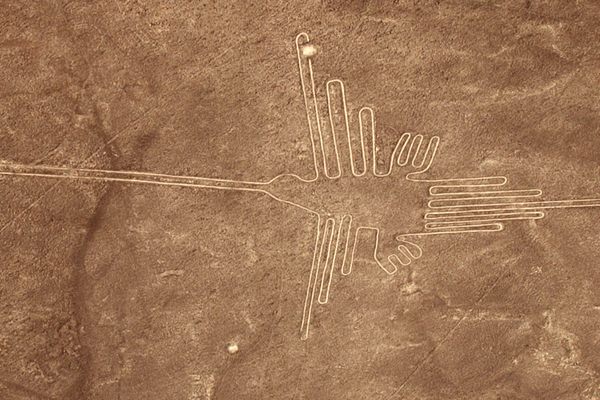
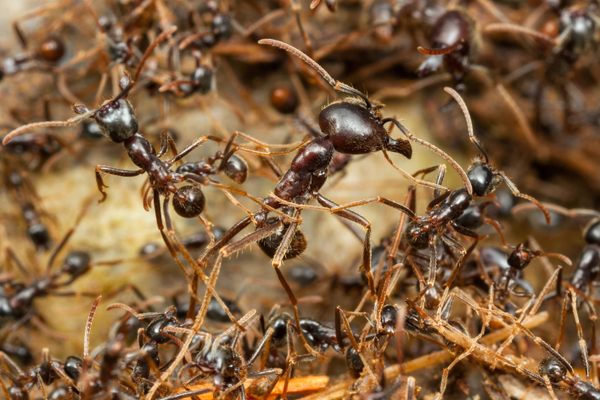
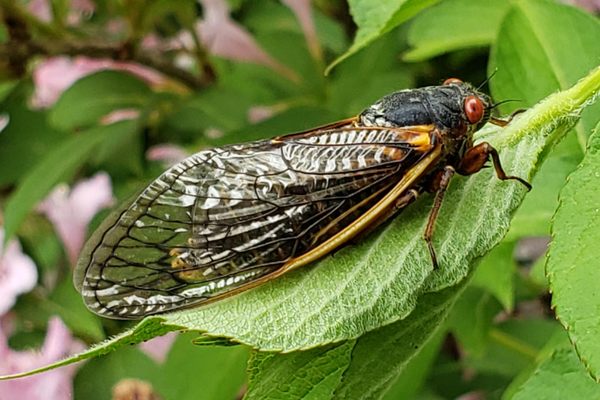
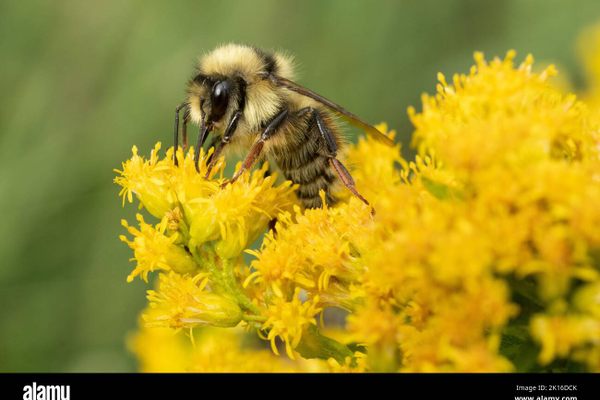
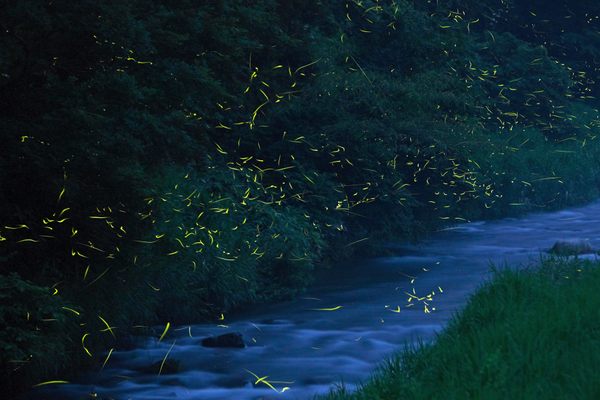









Follow us on Twitter to get the latest on the world's hidden wonders.
Like us on Facebook to get the latest on the world's hidden wonders.
Follow us on Twitter Like us on Facebook